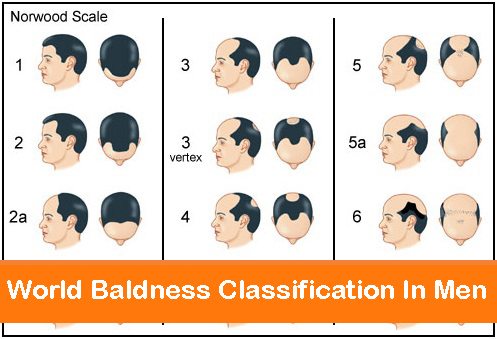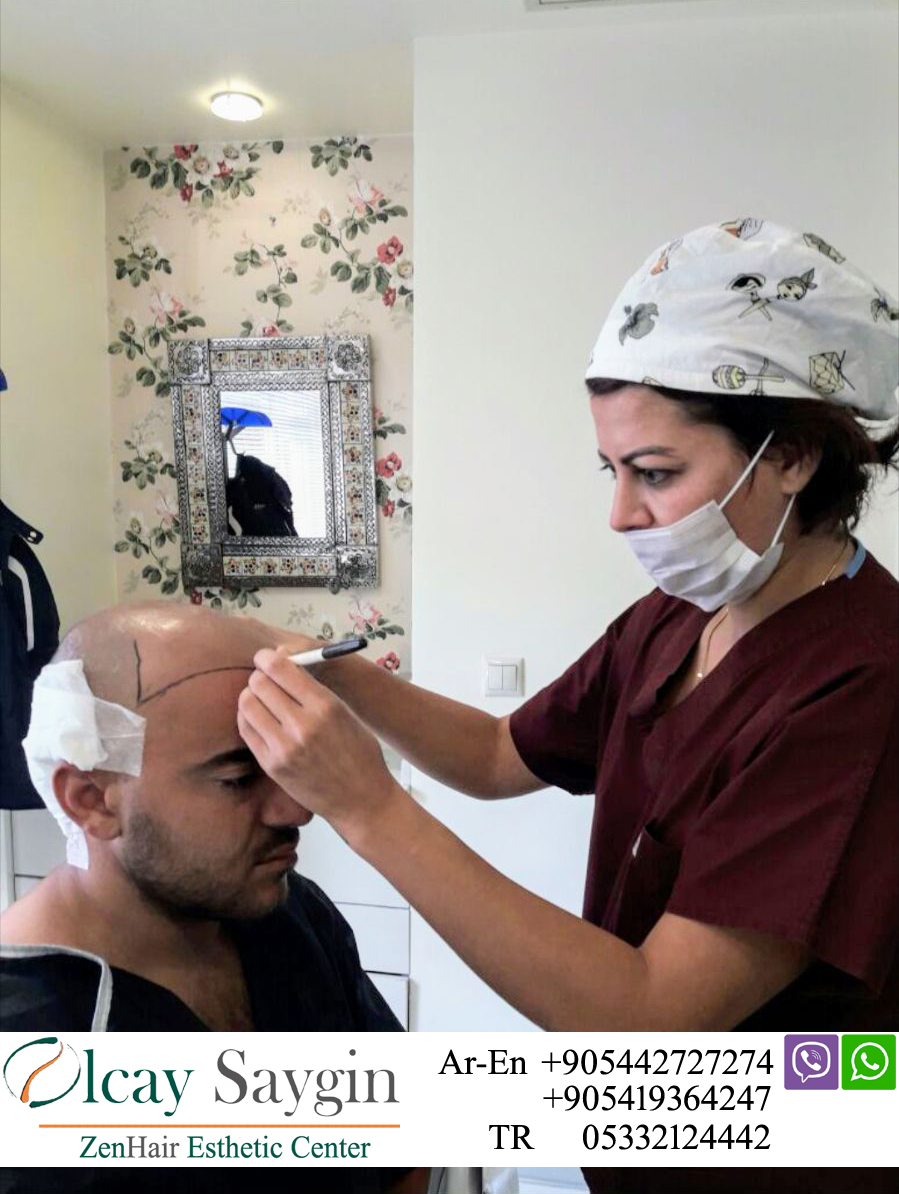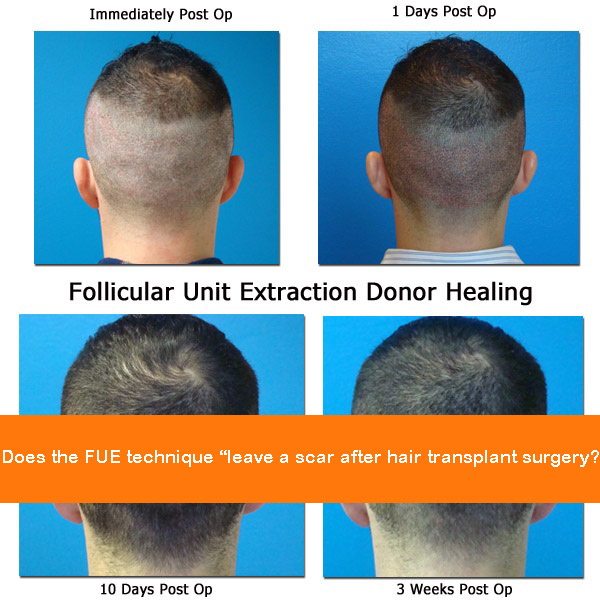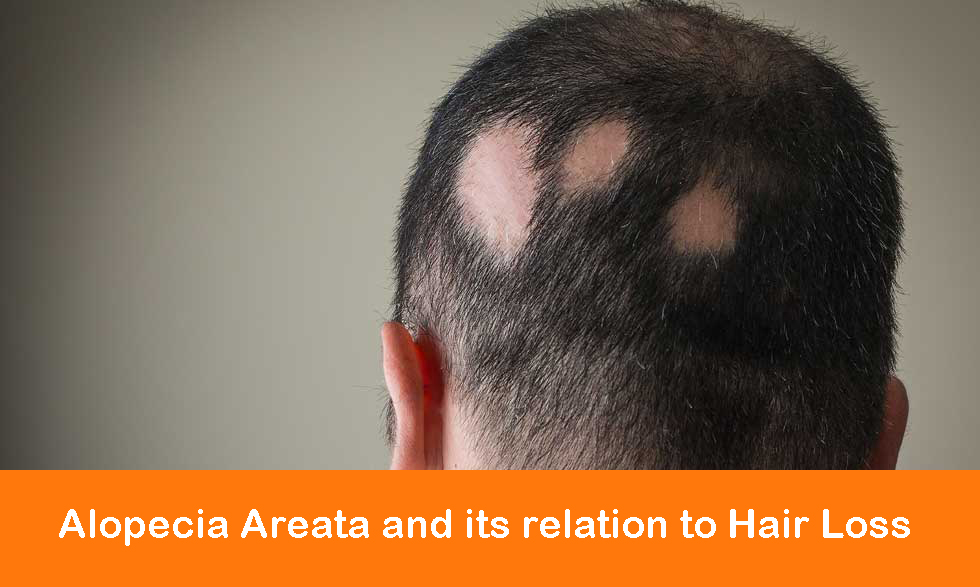World Baldness Classification In Men
There are many baldness patterns which occurs during people’s life. Many young men start losing hair from the age of 20 years without a clear reason. Likely the reason behind hair loss at this age is due to genetic factors where research has shown that genetic factors are responsible for 95% of baldness cases.
In the 1950s, a scientist called James Hamilton has classified the male baldness pattern to eight ranges starting from range one to range eight and called it “Hamilton scale”. Then in the 1970s this scale was revised and modified by O’Tar Norwood and became known as the Hamilton-Norwood scale or simply the Norwood scale.
Norwood-Hamilton classification system
Hamilton studied more than 300 males with hair loss and proposed a detailed classification system based on front parietal, frontal recessions and frontal thinning, which consisted of eight evolutionary aspects and three subgroups. The various categories of hair loss described by Hamilton includes;
-scalps which aren’t bald (Types 1-3)
-scalps, which are bald (Types 5-8)
Which are defined as follows:
Range I:
There is an absence of bilateral recessions along the anterior border of the hairline in the front parietal regions. In this, there is a variant form in which the entire anterior border of the hairline lies high on the forehead.
Range II:
The anterior border of the hairline in the front parietal regions has triangular areas of recession which tends to be symmetric and extends no further posteriorly than a point “3 cm” anterior to a line drawn in a coronal plane between the external auditory meatuses. Hair is also lost or sparse along the mid-area border of the scalp, but the depth of the affected area is much less than in the front parietal regions.
Range III:
Borderline cases were listed separately like Type 3, which also included scalps in which classification is rendered inaccurate due to scars, lateral asymmetry in denudation, unusual ranges of sparseness , thinning of the hair, and other factors.
Range IV:
It represents the minimal hair loss considered sufficient to represent baldness. There are deep frontotemporal recessions often symmetrical and are either bare or so sparsely covered by hair. These recessions extend farther posteriorly than a point, which lies (3 cm) anterior to a coronal line, drawn between the external auditory meatuses. If the hair is sparse or lacking as broadband along the entire anterior border of the hairline.
Range V:
It involves extensive front parietal and frontal recessions with a sparseness or absence of hair on the crown.
Range VI:
In this range, the tonsure region of alopecia remains separated from more anteriorly located zones of denudation by a laterally-directed bar of scalp in which the hair is only slightly sparse. An island of hair lies in the midline anterior to this laterally-directed hairy bridge. In the variant type, pattern VIA, the peninsula or island of mid-frontal hair is sparse or lost.
Range VII and VIII:
In these ranges, horseshoe-shaped area of sparse hair or of denudation is unbroken by any well-haired, laterally-directed bridge of scalp. These are a result of the spread and confluence of the tonsure and the anteriorly located regions of alopecia.
Zen hair transplant centre in Turkey is providing the best hair transplant results through the experience of Dr. Olcay Saygin who treats varying types of baldness patterns. In our clinic, we are providing the baldness treatment for male and female to restore their old shape with hair fixing products.
The best way to treat baldness is to go for a hair transplant procedure in Zen hair centre who gives you a lifetime guarantee.
You can contact our medical team on these numbers by Viber or Whatsapp:
00905449364247
00905332124442












 Contact Us
Contact Us
Leave a Reply
You must be logged in to post a comment.